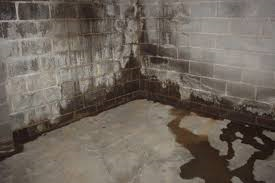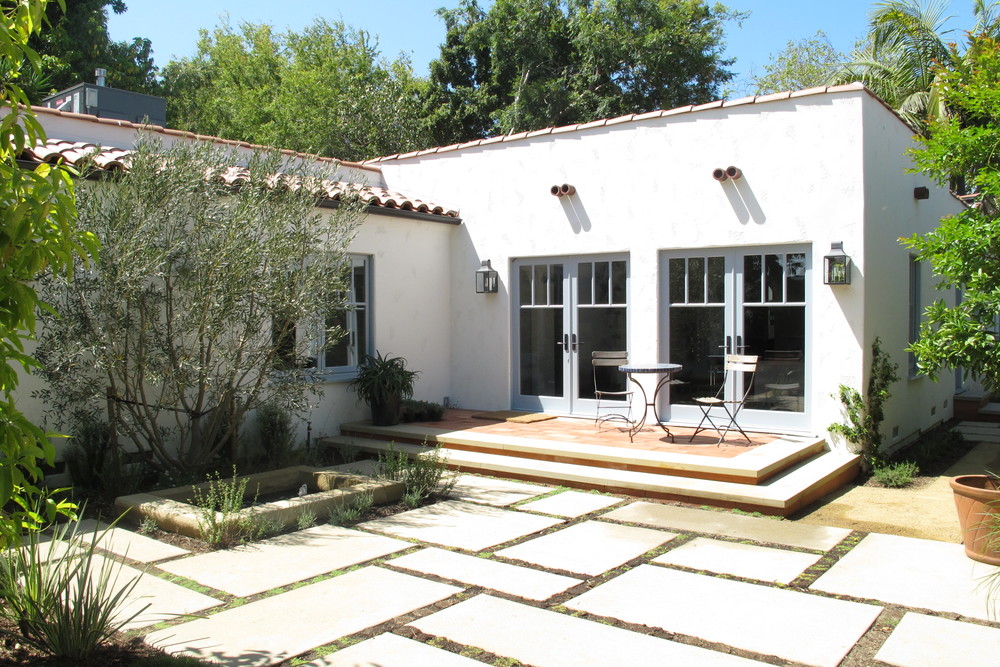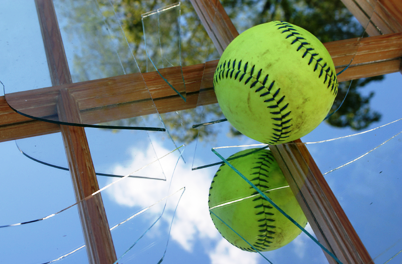Basement Waterproofing In Los Angeles - What to do and Why
Published by David Tali en 06/20/2018
Water is one of the basic needs to sustain life. It is a unique substance that is common in all three phases as liquid water, gaseous water vapor and solid ice. It can also be a dangerous entity through floods, large hailstones and the risk of drowning to swimmers and divers. It has even been used in torture with waterboarding during clandestine interrogations.
Unlike most materials that contract under decreasing temperatures, when water freezes it expands due to the formation of ice crystals. The expansion is also the reason why ice floats because ice is less dense than liquid water. The pressure of this expansion can lead to devastating consequences when water seeps into porous concrete and freezes causing cracks in a wall or foundation that will lead to more damage if not repaired quickly.
It is essential that any homeowner take proactive steps to waterproof the basement and ward off the consequences of water and water vapor intrusion.
Water can enter your basement internally if warm moist air enters from above and contacts cooler air causing condensation on the walls and floors. A good dehumidifier can control this and there are charts that will help you pick a dehumidifier based on the square footage of your basement. Water intrusion from exterior sources is a larger problem and the options to defend your basement are to waterproof on the inside walls of the basement or on the outside of the walls or do both if you think it is needed.
Waterproofing from the inside of the basement can occur in four ways:
Waterproof coatings for concrete are thick and yield a cement life appearance after drying. These coatings should be used on unpainted concrete and masonry walls and may require some professional skills to apply. The cost for an average basement is about $1200 to $1500 if applied by a pro.
Silicate based sealers penetrate the concrete and create a chemically produced waterproof coat that is supposedly peel and flake proof. Two coats can be applied for best results using normal painting application methods. For a 10 ft x 10 ft basement the sealers will cost about $200 to $300 for a DIY project and close to $1000 for a pro to apply it.
The simple use of an acrylic paint makes for an effective waterproof option, but the drawback is that it will require two thick coats. The cost of the paint runs from $30 per gallon to over $100 per gallon for paint used by professionals. This is easily a DIY job for those willing to spend some time painting.
If the basement has interior drainage channels along the walls, then plastic sheets and panels will divert water to the drain channels into a holding area where a sump pump will pump it away. The cost will be about $1000 and will require a professional installation to install the system. Add $300 to $400 if the drainage channels must be made.
Methods of waterproofing from the exterior of the basement include using mixtures of cement and acrylic polymers and water that form what is known as a “cementitious solution” that can be applied to the exterior surfaces by an experienced painter. These “paints” are available at any hardware or home improvement store.
Another more expensive way to waterproof is using foundation membranes made of asphalt that has been rubberized and coated to make a waterproof film that fits over the exterior walls. This method will require a deep excavation to the basement foundation on houses with basements. The membrane material can be purchased in rolls that is attached to the basement walls using adhesives or as liquid that is applied with a roller, a trowel or sprayed on.
The advantage of the liquid membrane is that it forms a seamless application that will be able to contract and expand along with the foundation as the ambient temperature changes. Membranes will solve the problem of a porous, leaky foundation and will also be a cure for water seepage from an elevated patio that might otherwise drain onto the foundation.
The least expensive way to waterproof from the exterior is to be proactive and act before any water damage has occurred. Plastic pipes that have a pattern of holes in them can be installed in the ground around the house. Water trying to enter the basement will pass over the pipes and drip through the holes where it is then channeled away from the house. Some excavation will be needed to lay the pipes under the ground surface. These pipes with holes have the unusual name of “weeping tiles” not to be confused with the Canadian Rock band of the 1990’s with the name “Weeping Tile”. The cost for a weeping tile system will depend on the degree of excavation but on average will cost about $300.
Categoría: Blog





